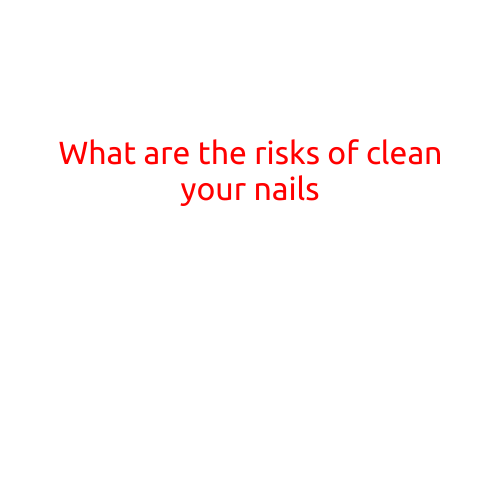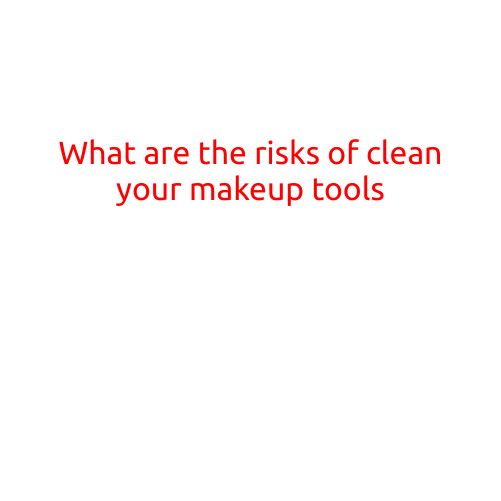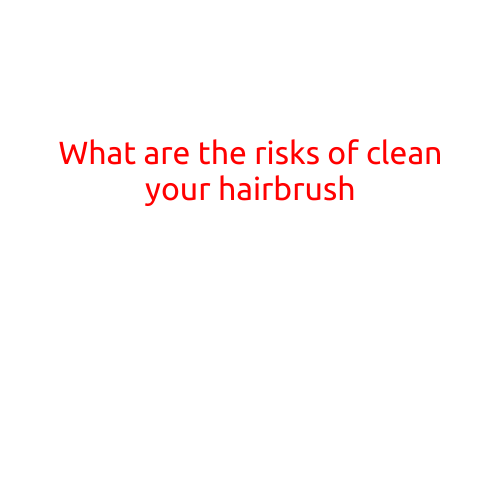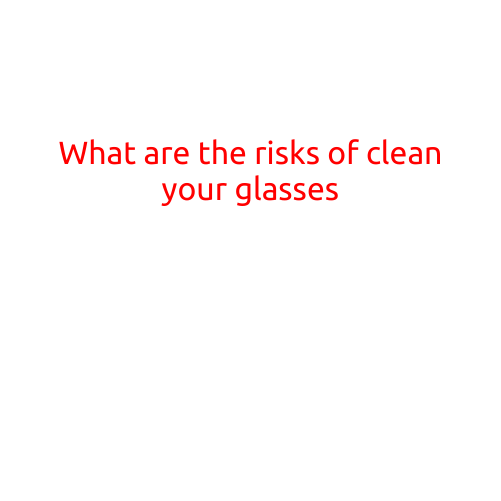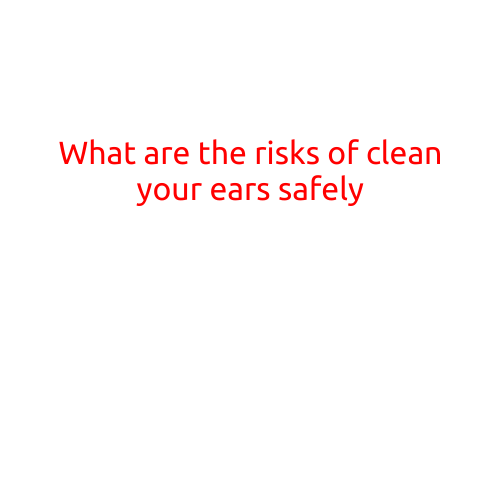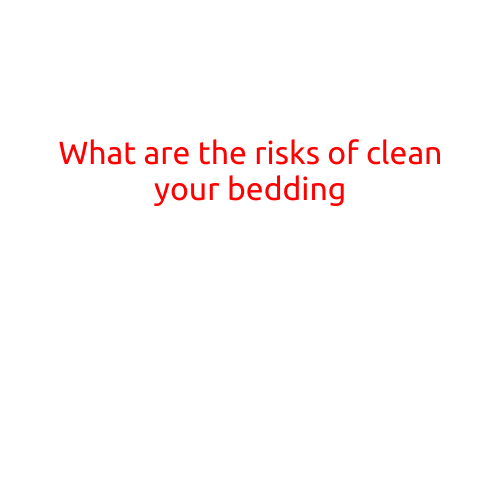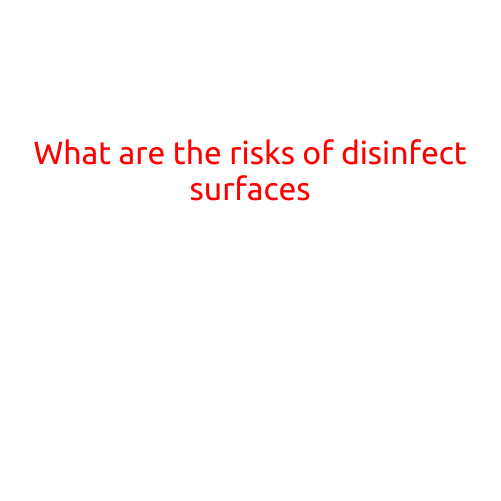
What are the Risks of Disinfecting Surfaces?
Disinfecting surfaces is a common practice in various settings, including homes, hospitals, schools, and offices. The goal of disinfecting is to eliminate or reduce the number of microorganisms, such as bacteria, viruses, and fungi, that can cause illnesses and infections. However, disinfecting surfaces is not without risks. In this article, we will explore the potential risks associated with disinfecting surfaces.
Respiratory Issues
One of the primary risks of disinfecting surfaces is the potential to irritate the respiratory system. Many disinfectants contain strong chemicals that can release volatile organic compounds (VOCs) into the air. When these chemicals are inhaled, they can cause respiratory problems, such as coughing, sneezing, and shortness of breath.
Allergic Reactions
Some people may be allergic to certain ingredients in disinfectants, which can trigger an allergic reaction. Common allergens include formaldehyde, quaternary ammonium compounds (quats), and phenol. Symptoms of an allergic reaction can range from mild to severe and may include skin rashes, itching, and difficulty breathing.
Eye and Skin Irritation
Disinfectants can also cause eye and skin irritation. Many disinfectants are designed to be effective against a wide range of microorganisms, but this effectiveness can come at the cost of irritating the eyes and skin. Prolonged exposure to disinfectants can lead to redness, itching, and burning sensations.
Environmental Concerns
The use of disinfectants can also have environmental implications. Many disinfectants are not biodegradable and can pollute soil and water if not disposed of properly. Additionally, the overuse of disinfectants can contribute to the development of resistant microorganisms, making it more challenging to treat infections.
Disruption of the Microbiome
Disinfecting surfaces can also disrupt the natural balance of microorganisms on the skin and in the environment. The human microbiome is composed of trillions of microorganisms that play a crucial role in our overall health and well-being. Disrupting this balance can lead to a range of health problems, including digestive issues, skin infections, and autoimmune diseases.
Alternative Options
While disinfecting surfaces is an important part of maintaining hygiene and preventing the spread of infections, there are alternative options to consider. Some alternatives to disinfectants include:
- Washing with soap and water
- Using essential oils, such as tea tree oil, which have antimicrobial properties
- Employing UV light technology to kill microorganisms
- Using electrostatic sprayers, which can effectively disinfect surfaces without using harsh chemicals
Conclusion
Disinfecting surfaces is a crucial aspect of preventing the spread of illnesses and infections. However, it is essential to be aware of the potential risks associated with disinfecting, including respiratory issues, allergic reactions, eye and skin irritation, environmental concerns, and disruption of the microbiome. By understanding these risks and exploring alternative options, we can take a more informed and responsible approach to disinfecting surfaces.
